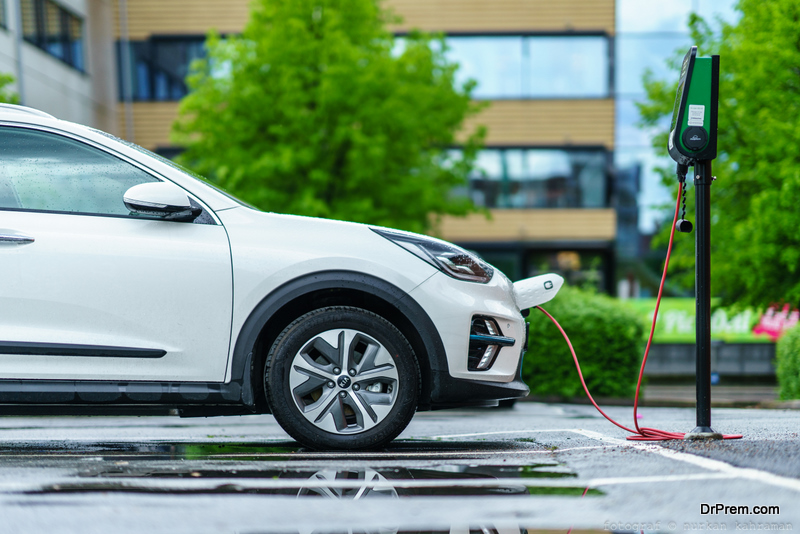Hybrid cars are all the rage in 2021, offering drivers the chance to see what life might be like with an electric car without having to get rid of the petrol or diesel engine completely. Hybrids use an electric motor alongside their traditional engine, and bring low emissions, high fuel economy and relaxing driving experiences.
Lower tax bills are another big benefit of hybrid cars, plus the ease of driving – you can achieve high fuel economy figures without needing to change your driving style or habits, nor do you need to visit recharging stations to go long distances like you would in a fully electric car.
Yet there are different types of hybrid cars and not all are the same. In fact the type of hybrid car you choose can make a massive difference to the driving experience, the fuel economy and the running costs in general. Not all cars marketed as hybrids are even able to drive on electric power alone (see mild hybrids, below).
Before you buy any new car you should make sure you know your budget. Ask yourself ‘how much is my car worth’ and check using an online tool what you’ll get for a trade-in, then work out a budget for yourself.
Once you’ve read all about each type of hybrid car, you should then make up a shortlist of models that fit into that category, then narrow it down to one or two that you can then test drive and buy.
Mild hybrids

It’s hard to explain the tech involved with mild hybrids without going into far too much detail. As the name suggests this is a subtle form of hybridisation, using something called a starter-generator motor instead of a full electric motor that drives the wheels.
Mild hybrids use the petrol or diesel engine to drive the wheels only – the electric parts can’t do this, and instead simply help the engine under load, improving emissions and fuel economy slightly.
Range extender hybrids
Range extender hybrids are rare, but the one example you’ll find readily on the used market (a BMW i3) is excellent. This uses an electric motor to drive the wheels but has an engine that can charge up the battery and add a little extra range using petrol power.
This type of hybrid is useful if you want an electric car but are worried about running out of electricity in a rural area, since you can always fill the petrol tank and be on your way.
Self charging hybrids (or traditional hybrids)

This type of hybrid is what the Toyota range focuses on – a petrol engine and a small electric motor that can drive the wheels when needed. They have a small battery but rely on petrol power for the majority of your miles at the wheel.
The battery is charged up using the combustion engine, or regained while braking or coasting, hence the ‘self-charging’ label. These models are great if you don’t have a spot to charge up at home, since they don’t need plugging in but are still very efficient.
Plug-in hybrids
Plug-in hybrids also use a petrol or diesel engine alongside a small electric motor, but they tend to have larger batteries than other hybrids that can drive the wheels for around 30 miles without the engine even having to turn on.
This means many people who charge up at home can use a plug-in hybrid as if it were an electric car, driving to work and back on electric power and only using the petrol or diesel engine for longer trips.
It’s possible for these to be extremely efficient but it varies a lot more than with self-charging hybrids, since you really need to charge up regularly to make the most of them. If you can’t charge up overnight, a self-charging hybrid is best, but if you have a short commute and a driveway, a plug-in will be the way to go.
Article Submitted By Community Writer




